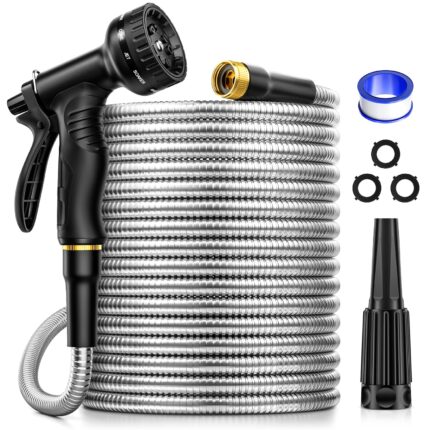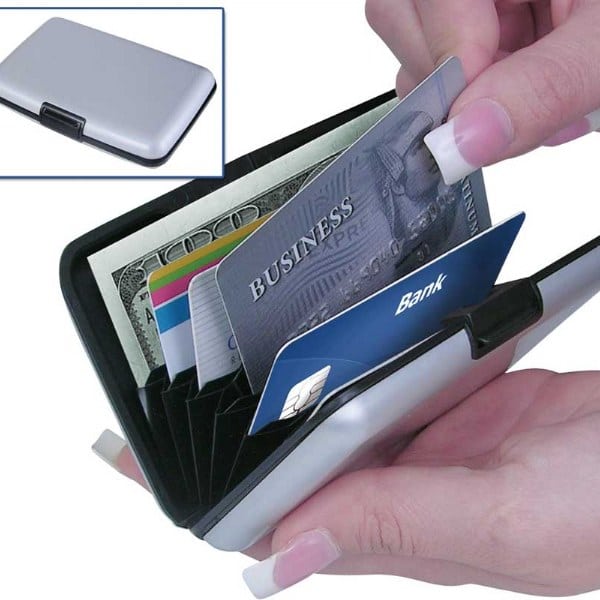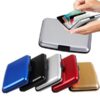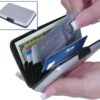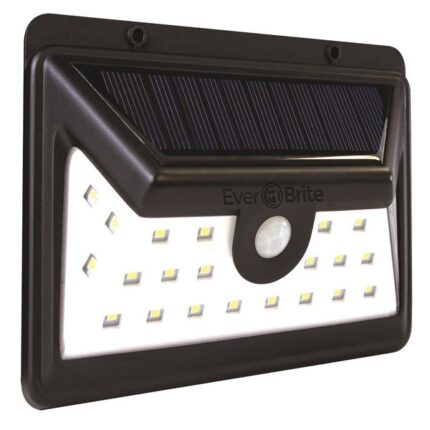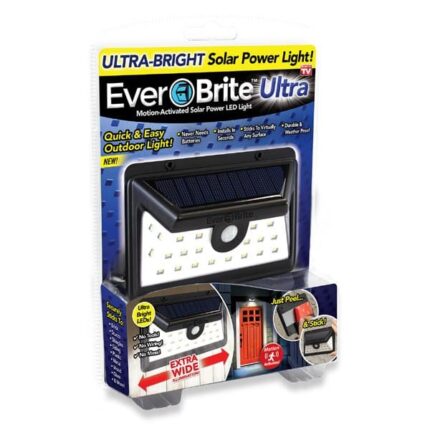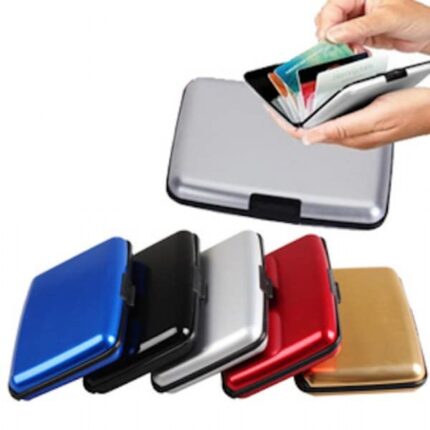

Security Credit Card Wallet
$9.99
If you knew that someone could read your credit cards without actually having to swipe it?
- Holds up to 12 cards.
- Protects your Identity
- Waterproof
If you knew that someone could read your credit cards, passport, and even driver’s license without actually having to swipe them or look at them, would you take steps to guard against it? I know I would. Unfortunately, RFID (Radio Frequency IDentification) technology used to track sensitive data in many of today’s portable identifiers (e.g. cards) can be easily scanned without you ever knowing.
It’s a scary thought to entertain and if it bothers you, keep reading to find out what you can do about it.
Why Use An RFID-Blocking Wallet?
As it stands right now, most credit cards and debit cards issued within the past decade have RFID technology embedded in them. All US passports issued in 2006 and later have RFID chips that track your data and photo. RFID chips are a convenient way to store and read data – instead of having to swipe your card through a reader, you can simply wave your card in front of an RFID scanner without even taking it out of your wallet. It’s convenience at its best.
Unfortunately, the danger is that someone could build a counterfeit reader – which wouldn’t be too difficult for anyone who has experience in that field – and pick up your RFID information against your will. It’s similar to one of the risks in an NFC device, which requires a close-up “bump” to trigger a transaction. Counterfeit card readers existed before RFID, but they require you to physically swipe your card through a slot; counterfeit RFID readers can pull or delete data without so much as you walking by.
| Options |
Silver ,Black ,Blue ,Red |
|---|
Related products
Ever Brite Ultra
Arctic Air
Arctic Air Replacement Filter Ontel
